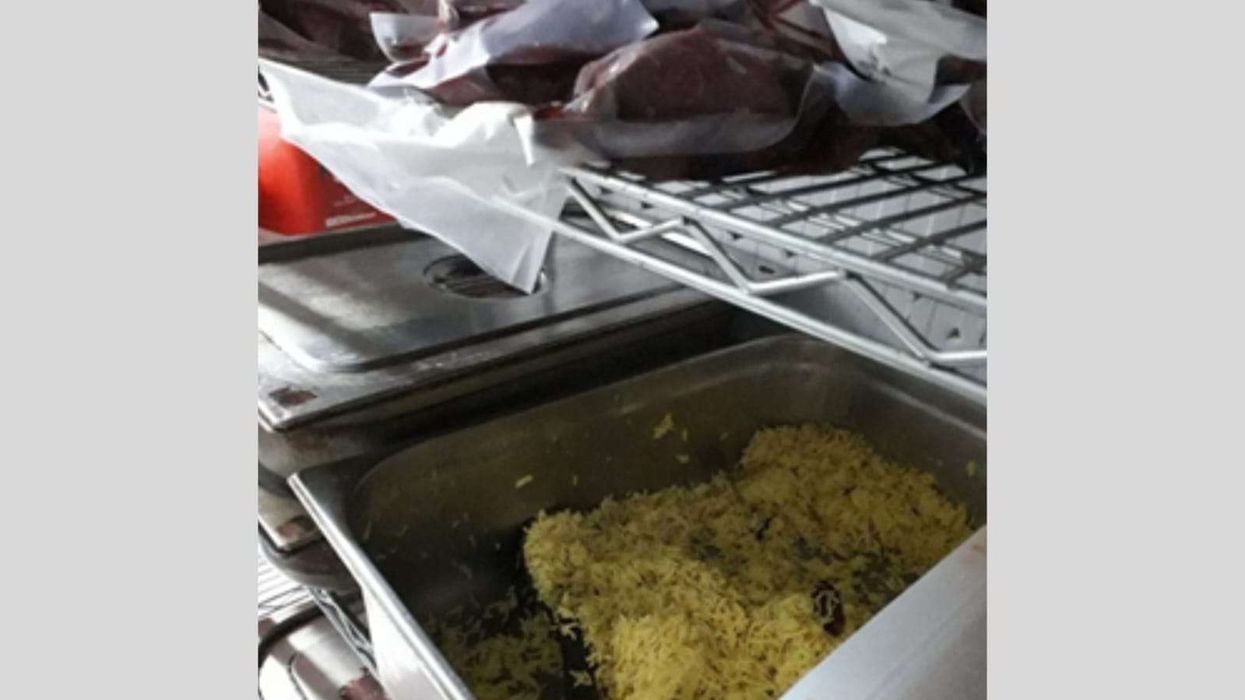India's top court has slammed the Centre for not coming with with concrete plans to protect the Taj Mahal, a historic medieval structure designated as a UNESCO World Heritage Site in 1983.
"Either we will shut down the Taj or you demolish or restore it," the Supreme Court said, and asked the Centre to detail the steps taken to protect the iconic monument.
The Centre, in response, said the Indian Institute of Technology, Kanpur was assessing air pollution level in and around the mausoleum and its report will be ready within four months. A special committee has also been set up to find the source of pollution in and around the structure.
The Taj Mahal draws thousands of tourists from India and abroad each year. According to the Supreme Court, the Taj is "more beautiful than the Eiffel Tower" and could have solved the country's foreign exchange problem. Likening the Eiffel Tower to a "TV tower" the judges noted: "Eighty million go to watch Eiffel Tower which looks like a TV Tower. Our Taj is more beautiful. If you had looked after it your foreign exchange problem would have been solved," said the judges.
The Taj Mahal has been turning green due to increasing pollution levels and several times over the past few decades, the palace’s white marble has been coated in a mud pack in an attempt to clean it.
However, there has not been much improvement.
Manoj Bhatnagar of the Archaeological Survey of India’s chemical department told the BBC in 2016 that the mud pack is based on a traditional recipe used by Indian women in their beauty regime.
“A layer of fullers earth – a type of lime-rich clay – mixed with water is applied over the walls and left on for 24 hours or more to dry,” he said. “Once it dries, the mud is removed and the surface is washed with distilled water to remove impurities.”
The Taj Mahal’s most recent mud pack treatment started in January 2018.
Pollution is not the only cause for the 17th century monument’s destruction. The Taj Mahal sits on the banks of the heavily contaminated Yamuna, which is a breeding ground for insects that leave green marks on its marble domes.
“Fifty-two drains are pouring waste directly into the river and just behind the monument, Yamuna has become so stagnant that fish that earlier kept insect populations in check are dying. This allows pests to proliferate in the river,” environmental activist DK Joshi was quoted as saying by BBC.
Although these green patches are washable, frequent scrubbing removes the sheen off the marble.












